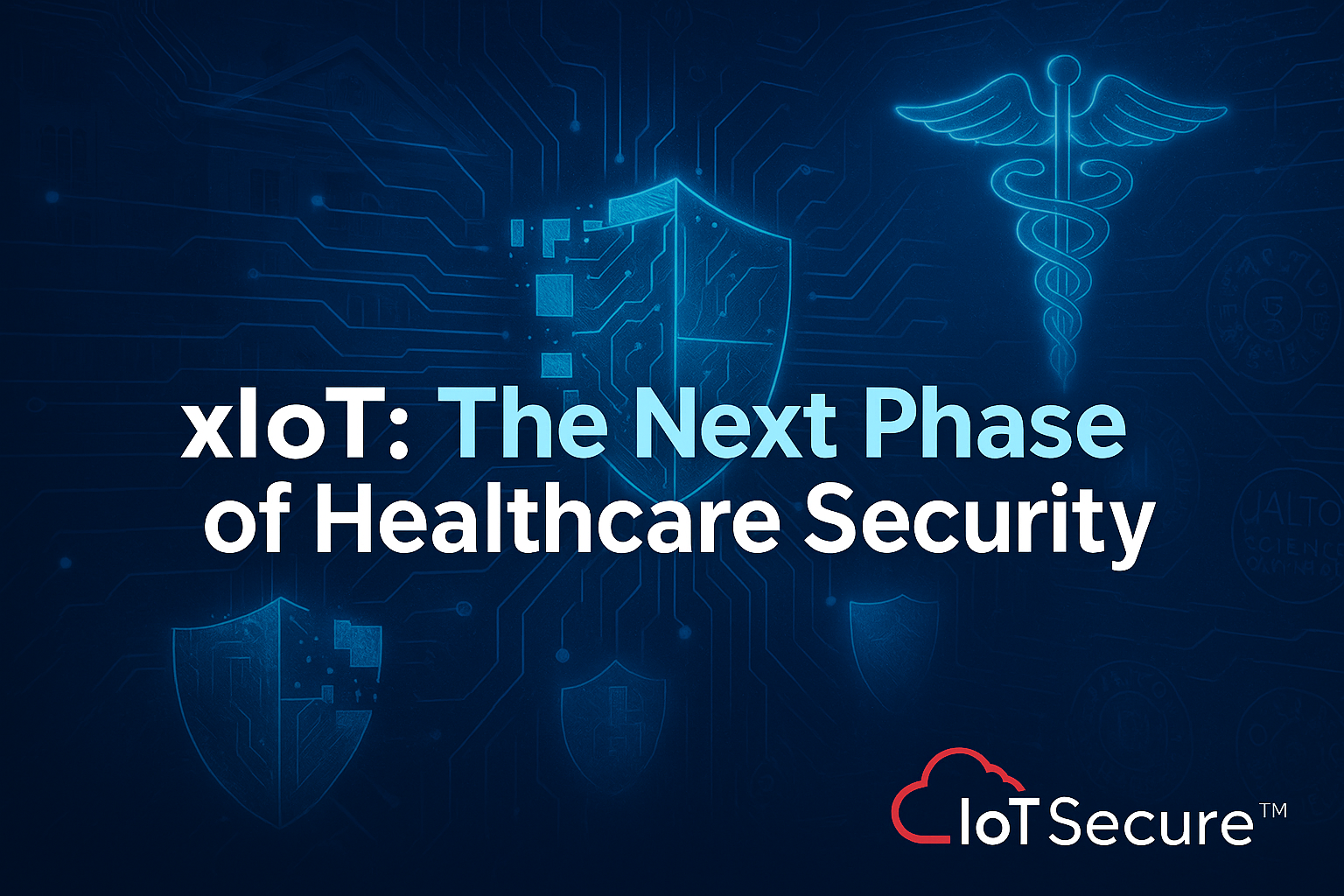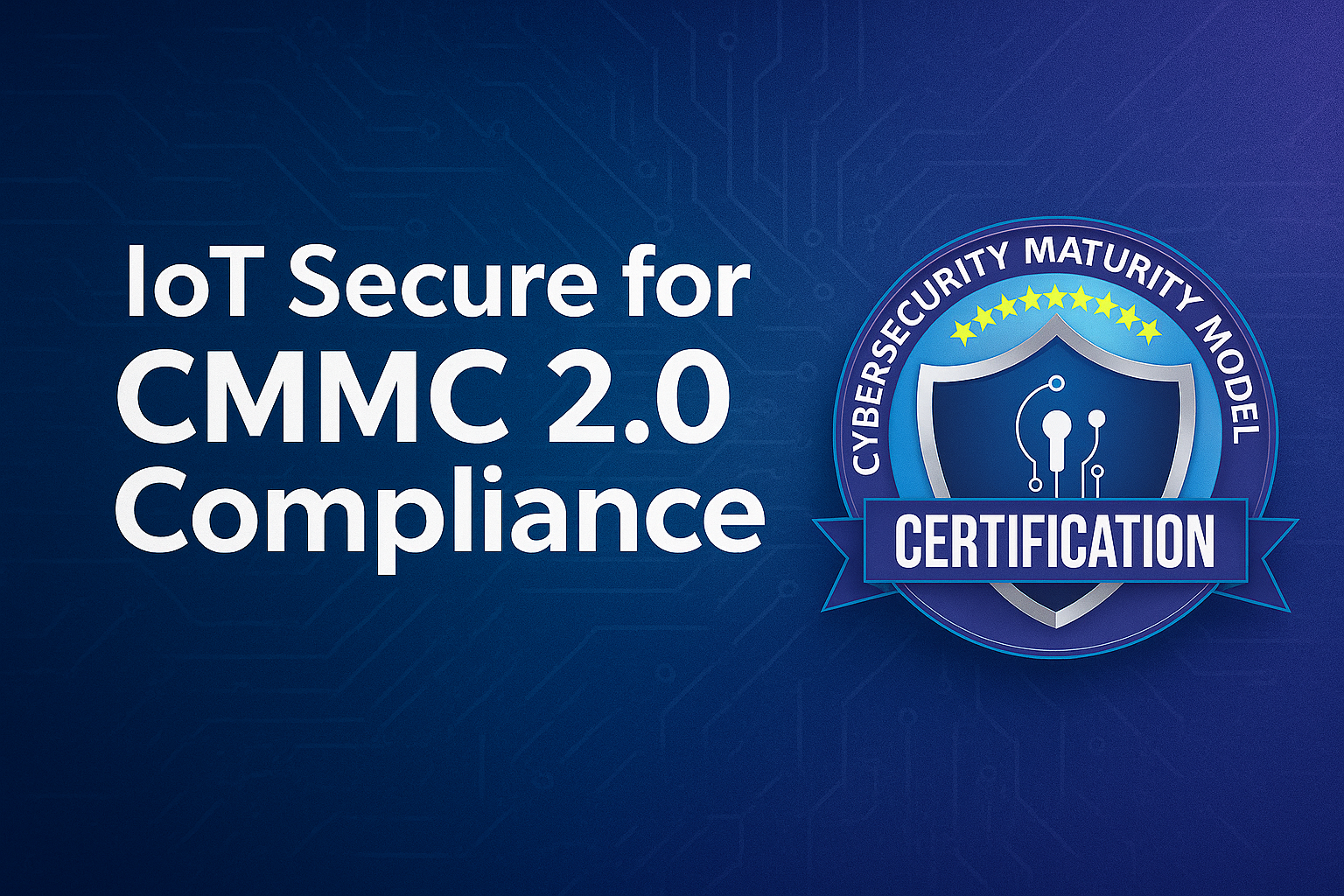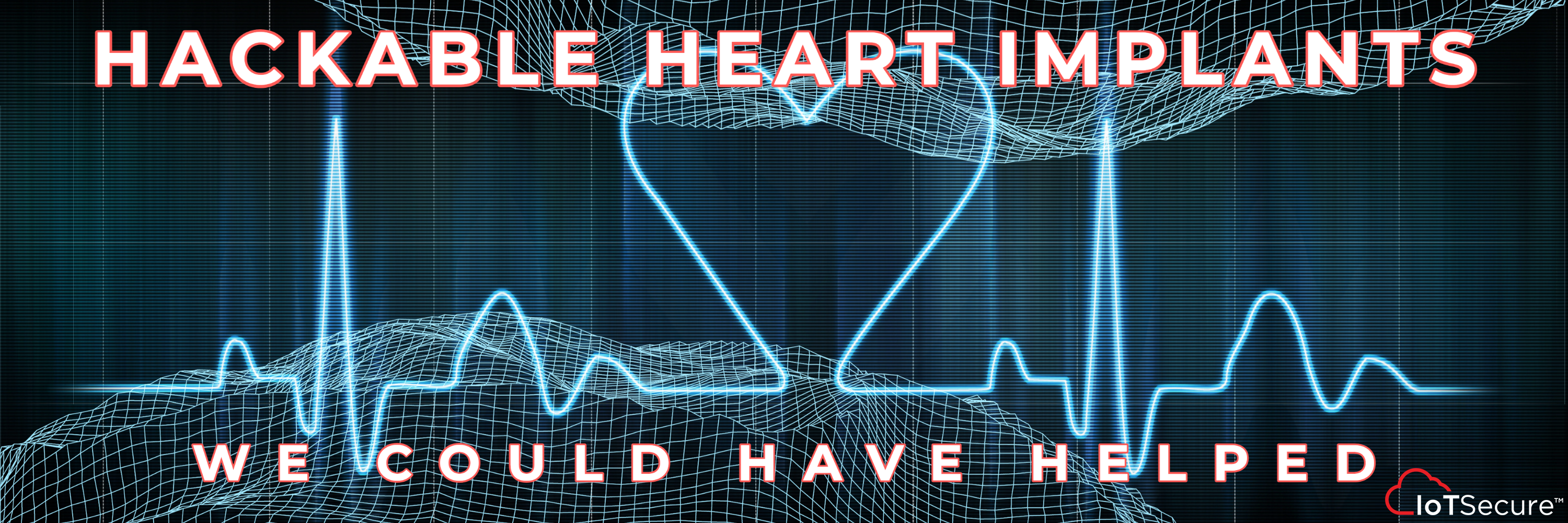
If you are a healthcare executive such as a CEO, CFO, or senior leader responsible for the strategic and operational health of your organization, this article is for you. It is designed to provide a clear, business-focused understanding of a growing risk that may directly impact your balance sheet: the security and reliability of your connected medical devices, or what we call xIoT.
You have already made smart cybersecurity investments. This is not about starting over. It is about understanding what comes next. Whether you lead a nationally recognized hospital or a regional health system, your organization operates in an environment where competition, reputation, and patient trust are paramount. Your ability to deliver safe, uninterrupted care reflects not only on your institution but also on the strength and credibility of your leadership within the communities you serve.
This article will walk you through the unique risks posed by connected medical devices in plain business terms, and outline the steps you can take to close the gaps.
You’ve Invested Wisely, but the Risk Has Evolved
Your organization has already deployed firewalls, endpoint detection, SIEM platforms, email and web gateways, and cloud access controls. These tools were built to protect your core infrastructure, and they have done so effectively. Yet over the past several years, healthcare has entered a new era. The number of connected medical devices has surged, including infusion pumps, imaging systems, smart beds, and wearable monitors. This growth is driven by advances in data analytics, artificial intelligence, and cloud technology. These devices are transforming clinical care, improving efficiency, and expanding access to real-time patient data. But their rapid adoption has outpaced security oversight.
Device manufacturers specialize in diagnostics and therapeutics, not cybersecurity. Many of these systems were not built with modern security principles in mind. Few receive updates after deployment. Some transmit sensitive data externally. Most operate without integration into existing security platforms. And if a vulnerability emerges, manufacturers may not be obligated or able to fix it.
As Axis Capital notes in their whitepaper, Cyber Risks from Medical Devices and Insurance Implications:
“Newly developed medical devices and advancements to existing products create the potential for improved patient care… With those benefits, however, come additional potential cyber exposures… Such devices can also create an increased risk of potential harm to patients.”
In short, you have made the right security investments. But a new category of connected systems has entered your environment. Your current tools were not designed to manage them.
xIoT Devices Are Different, and That Matters
Medical devices are not just another endpoint. They are central to patient care, and they operate very differently from the systems your current security stack was built to protect. Consider three key distinctions:
- They require continuous uptime
xIoT devices are not part of the support system. They are the system. A delayed login on a laptop is an inconvenience. But if a CT scanner cannot send an image to the PACS system, or a patient monitor fails to relay vital signs to the nursing station, care is disrupted immediately. These devices are expected to operate continuously without downtime, interruptions, or maintenance windows. - They do not support agents, which makes them invisible
You cannot install CrowdStrike or SentinelOne on a ventilator. Most xIoT devices cannot run endpoint protection agents and cannot be reliably scanned by tools like Qualys or Rapid7. As a result, they do not appear in your dashboards, inventories, or alerts, even as they handle direct clinical functions. These mission critical systems often operate without oversight. - They do not receive security updates
Once deployed, most xIoT devices run the same software for years. Even if vulnerabilities are found, manufacturers are often not required to issue a patch. And when a fix is available, there may be no safe or practical way to apply it without disrupting care. These devices were not built for long-term support. Their update model is based on replacement, not longevity.
What You Should Ask IT Today
If you are unsure whether these risks apply to your organization, ask your team. Here are three specific questions any healthcare leader can bring to IT or security:
- What system are we using to track all connected medical devices, and can you show me a current inventory?
- Which of these devices are communicating externally, and how do we verify that those destinations are secure and appropriate?
- If a device were compromised, what prevents it from reaching others on the same VLAN or network segment?
These questions are designed to reveal the state of your visibility, monitoring, and segmentation. If you cannot get clear and confident answers, it may be time to explore a more deliberate strategy for securing xIoT across your enterprise.
Understanding the Business Risks of xIoT
It is easy to focus on hackers when thinking about connected device risk. But for hospital leadership, the bigger concerns include system failure, unpredictable behavior, and the quiet exposure of sensitive data. The risks fall into three categories, and cyberattacks are just one of them.
- Operational downtime
xIoT devices support every aspect of care delivery. A failure in imaging, monitoring, or medication delivery can derail procedures, delay care, and erode patient trust. These systems are not optional — they are essential. - Unmonitored data flows
Many devices transmit data to vendor platforms or cloud services. In too many cases, these connections are undocumented and unverified. Without visibility, you cannot be sure data is going where it should. And you cannot detect when it starts going where it should not. - Vulnerabilities without a fix
Legacy software is common in medical devices, and many known vulnerabilities remain unpatched. Examples include:
-
- URGENT/11: Flaws in real-time operating systems used in medical equipment, allowing remote access and denial-of-service attacks.
- Access:7 (PTC Axeda): Remote access vulnerabilities that could allow attackers to control systems, interrupt services, or extract patient data.
- MEDJACK: Documented malware campaigns that turned legacy imaging and lab devices into stealth entry points for attackers to exfiltrate data and move laterally.
These devices often do not generate alerts or logs. That makes them the perfect place for attackers to hide.
The Bottom Line
These are not theoretical concerns. They are operational realities. Failures cost money. Undocumented data flows introduce risk. Legacy systems open the door to persistent, hard-to-detect threats. This is not just an IT issue. It affects care, compliance, and trust.
Addressing xIoT risk is not about panic. It is about resilience. It is about ensuring continuity and control in the systems that matter most.
You’ve Built a Strong Foundation. Now Extend It to xIoT
You have already implemented firewalls, endpoint protection, VLAN segmentation, SIEM platforms, and perhaps even a 24/7 security operations center. These tools have helped secure your IT infrastructure on premises and in the cloud. But they were not designed to secure connected medical devices.
xIoT systems do not run agents, do not follow standard update cycles, and do not authenticate users the same way as other assets. Most importantly, their footprint has grown across your network without centralized governance or oversight. To protect xIoT devices effectively, healthcare leaders must focus on three things:
1. Visibility
You cannot secure what you cannot see — and in most environments, new devices are added every day. Many appear on the network without notice. Clinical teams are focused on care, not network inventory. Visibility requires knowing what devices are connected, where they are, whether they are active, and whether they are functioning as expected.
2. Monitoring
Monitoring means establishing a baseline for each device — what it communicates with, how often, when, and over which protocols. That baseline must be monitored continuously to detect unusual behavior that could indicate failure or compromise.
AI-powered platforms like IoT Secure use behavioral fingerprinting and constantly updated catalogs to detect subtle deviations, even in the absence of malware signatures. All of this happens without installing agents or software on the devices, preserving uptime and manufacturer support.
3. Micro-segmentation
Traditional VLANs group devices into large zones. Micro-segmentation isolates each device, enforcing strict communication rules even within the same subnet. This stops lateral movement and limits the impact of a breach.
Solutions like IoT Secure can apply policies dynamically, based on risk, behavior, or device type. No new hardware is needed. No major infrastructure changes are required.
Summary
You have already invested in strong protections for your IT environment. But your connected medical devices — your xIoT infrastructure — operate under a different set of conditions. These devices are vital to care delivery, yet they are often invisible to your security tools. They do not support agents, they rarely get updated, and they are constantly transmitting data — sometimes without oversight.
Securing xIoT does not mean replacing what you already have. It means extending your security strategy with tools that are purpose-built for this layer.
- Gain visibility into every connected medical device
- Monitor behavior to detect change before incidents occur
- Apply micro-segmentation to contain threats and isolate risk
All of this can be done without new hardware or disruption to care. Because at the end of the day, this is not just about cybersecurity. It is about operational continuity, patient safety, and maintaining trust in modern healthcare.
To get started, book a 30 minute xIoT Security Demo using the scheduling calendar below. We will walk through how IoT Secure delivers complete device visibility, how behavior monitoring surfaces meaningful change, and how microsegmentation helps contain risk in clinical environments.
Prefer to talk first? Call us at +1.770.224.7961 or email sales@iotsecure.io.


